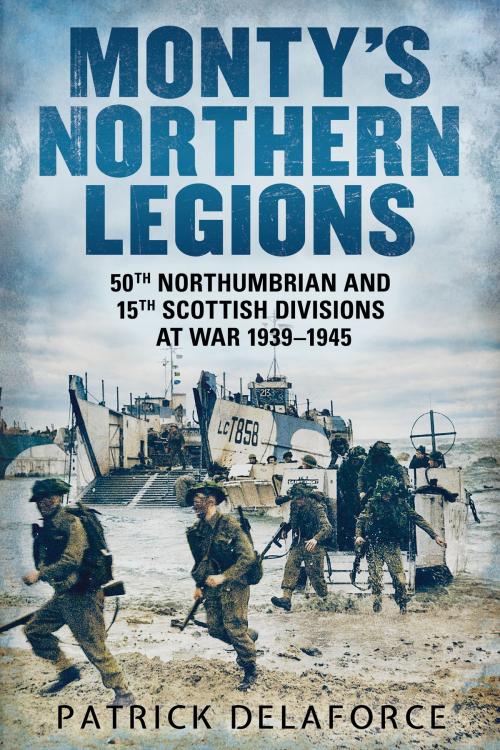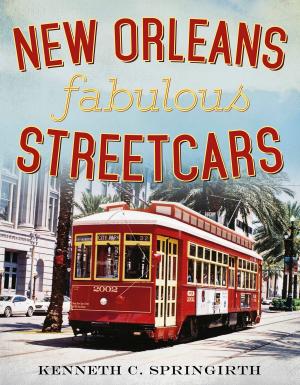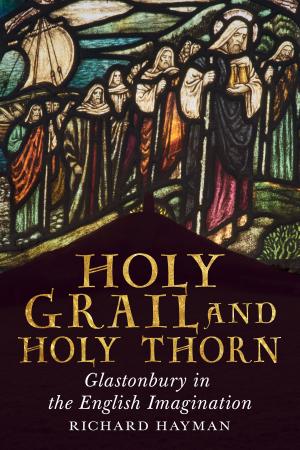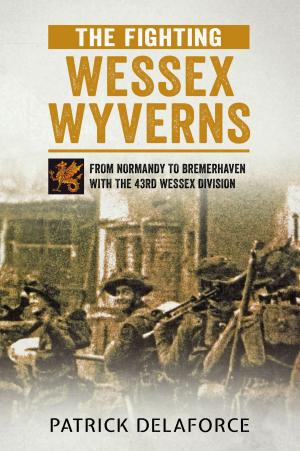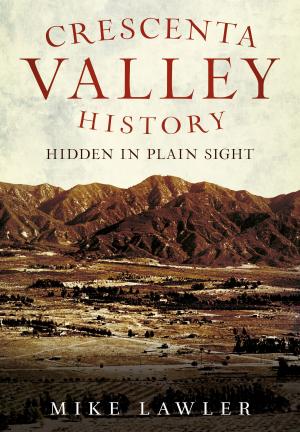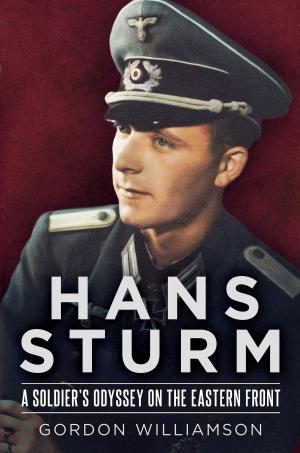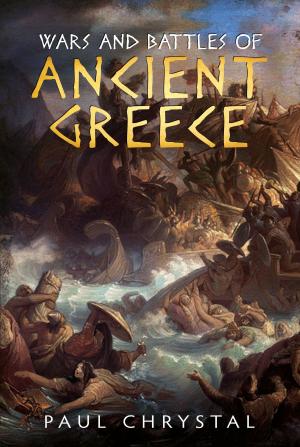Monty's Northern Legions
50th Northumbrian and 15th Scottish Divisions at War 1939–1945
Nonfiction, History, Military, Pictorial, United States, World War II| Author: | Patrick Delaforce | ISBN: | 1230001928785 |
| Publisher: | Fonthill Media | Publication: | September 23, 2017 |
| Imprint: | Language: | English |
| Author: | Patrick Delaforce |
| ISBN: | 1230001928785 |
| Publisher: | Fonthill Media |
| Publication: | September 23, 2017 |
| Imprint: | |
| Language: | English |
This is the story of two British Army infantry divisions that were very highly regarded by Field Marshal Sir Bernard Montgomery, and whose gallant roles in the Second World War deserve to be much better known.
50th Northumbrian or Tyne-Tees Division was recruited from Durham, north and east Yorkshire and later from the Scottish borders, Lancashire and Shropshire. It fought with the British Expeditionary Force in 1940 in the Arras counter-attack. In North Africa, the division went from Gazala, El Alamein and Mareth to Tunis and won an astonishing three Victoria Crosses. Montgomery regarded the division as one of his ‘desert legions’ and took it to Sicily. He then gave 50th Division the dangerous honour of attacking on D-Day in the first wave ashore on ‘Gold’ Beach. The only D-Day Victoria Cross was awarded to CSM Hollis of 50th Division’s 6th Battalion, The Green Howards. Next came the deadly bocage fighting and later ‘Market Garden’. During the Second World War the division suffered over 21,000 casualties, and Winston Churchill was greatly distressed when it had to be disbanded in December 1944. Lieutenant-General Brian Horrocks described it as the ‘most experienced battle-fighting division in the British Army’.
15th Scottish Division was one of the nine ‘virgin’ divisions Monty considered vital for the British Liberation Army to win the attritional battles in Normandy. Operations ‘Epsom’, ‘Jupiter’, ‘Greenline’ and ‘Bluecoat’ were followed by ‘Market Garden’, brutal battles in the Dutch ‘Peel’ country, ‘Veritable’, the Rhine crossing in ‘Plunder’, ‘Torchlight’ and the advance through Germany to the River Elbe. The cream of Scotland – Argylls, Cameronians, Gordons, Seaforths, Glasgow Highlanders, Highland Light Infantry, KOSB, Royal Scots Fusiliers and Royal Scots – fought and 1,500 of them died in North West Europe.
This is the story of two British Army infantry divisions that were very highly regarded by Field Marshal Sir Bernard Montgomery, and whose gallant roles in the Second World War deserve to be much better known.
50th Northumbrian or Tyne-Tees Division was recruited from Durham, north and east Yorkshire and later from the Scottish borders, Lancashire and Shropshire. It fought with the British Expeditionary Force in 1940 in the Arras counter-attack. In North Africa, the division went from Gazala, El Alamein and Mareth to Tunis and won an astonishing three Victoria Crosses. Montgomery regarded the division as one of his ‘desert legions’ and took it to Sicily. He then gave 50th Division the dangerous honour of attacking on D-Day in the first wave ashore on ‘Gold’ Beach. The only D-Day Victoria Cross was awarded to CSM Hollis of 50th Division’s 6th Battalion, The Green Howards. Next came the deadly bocage fighting and later ‘Market Garden’. During the Second World War the division suffered over 21,000 casualties, and Winston Churchill was greatly distressed when it had to be disbanded in December 1944. Lieutenant-General Brian Horrocks described it as the ‘most experienced battle-fighting division in the British Army’.
15th Scottish Division was one of the nine ‘virgin’ divisions Monty considered vital for the British Liberation Army to win the attritional battles in Normandy. Operations ‘Epsom’, ‘Jupiter’, ‘Greenline’ and ‘Bluecoat’ were followed by ‘Market Garden’, brutal battles in the Dutch ‘Peel’ country, ‘Veritable’, the Rhine crossing in ‘Plunder’, ‘Torchlight’ and the advance through Germany to the River Elbe. The cream of Scotland – Argylls, Cameronians, Gordons, Seaforths, Glasgow Highlanders, Highland Light Infantry, KOSB, Royal Scots Fusiliers and Royal Scots – fought and 1,500 of them died in North West Europe.
